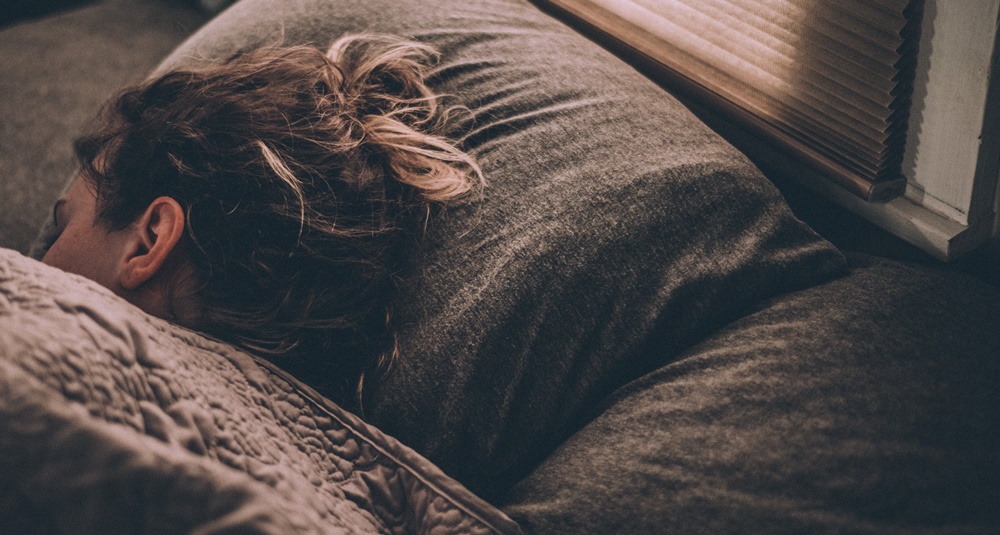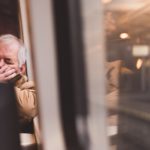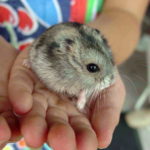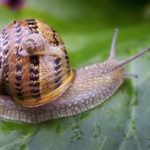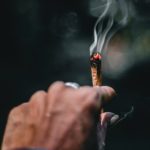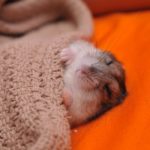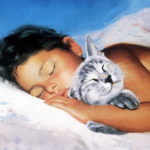What happens when we sleep?
Sleep is defined as a reversible state of reduced motor and sensory interaction with the surroundings. This distinguishes it from comatose, sedation, anesthesia, and hibernation, which are not immediately reversible. However, the body is not totally turned off. There are a lot of things going on internally.
Sleep stages
States of sleep can be divided into REM (rapid eye movement) or non-REM. Non-REM consists of 4 stages. Stage 1 is shallow sleep. Stage 2 is intermediate – it is not really satisfying but is needed by the body as well. Stages 3 and 4 refer to deep sleep. There is minimal mental activity but the body actively regulates itself during non-REM sleep.
“Dream sleep” is another term for REM. People dream in both stages 3 and 4 of non-REM and REM. The difference is that dreams are more vivid and bizarre in REM sleep. The metabolic activity of the brain during the REM phase is similar to that when we are awakened.
Non-REM sleep involves tossing and turning while in REM, the body is basically paralyzed so that it would not be able to act on the vivid and bizarre dreams. In a sense the paralysis is protective, however, our body is still able to respond to external sound.
Heart rate decreases during non-REM but increases and can get more erratic and variable during REM. When the body begins to cool off at night, this signals the body that it’s time to go to sleep. The hormone cortisol decreases when a person is about to fall asleep and spikes just before waking up. It serves as the waking up hormone. Growth hormone is secreted during deep sleep or stages 3 and 4. This is important for children’s growth and needed for adults as well for the deposition of muscle instead of fat.
Sleep happens in cycles of non-REM to REM and back. This cycle happens around 4 to 6 times at night. There is more deep sleep earlier in the night after the onset of sleep. In the morning, there are more REM phase and dreams.
As people get older, the amount of stages 3 and 4 or the so-called deep sleep, diminishes. Older people spent more time in shallow sleep, stage 1 or stage 2 which is relatively stable.
Sleep is controlled by 2 mechanisms: homeostatic drive and circadian rhythm.
Homeostatic drive
Homeostatic drive regulates the intensity. It can be compared to the urge to sleep. Upon waking up, the homeostatic drive starts to build up. The more time is spent awake, the greater the homeostatic drive, and also the propensity to sleep increases. When a person finally goes to bed after a long day, most of the time would be spent in deep sleep. If a person lacked sleep the night before, homeostasis works by necessitating more sleep the following night.
As a body restores itself during sleep, the homeostatic drive is relieved. However, if the hours of sleep were not enough for the body to recover, the homeostatic drive is not relieved. This will make the person experience sleepiness, tiredness, and impairment of cognitive and behavioral function.
Circadian rhythm
The second mechanism – the circadian rhythm – regulates the timing of sleep. It is an internal clock that determines sleeping patterns and other physiologic processes. The main hormone involved in that process is melatonin. Melatonin starts building up after sunset and peaks in the middle of the night. It signals the brain to slow down and switch off systems that keep a person alert. Therefore, exposure to the sun is important as well in regulating the body clock.
Sleep disorders
The most common sleep disorder is insomnia in which a person has an inadequate amount of sleep due to difficulty with falling asleep, frequent awakening during sleep or waking up too early. It can be caused by many factors like noise, stress, anxiety, diet, temperature, medications, and some psychiatric or neurological disorders. It may be related to shifts in circadian rhythm, so it is common to those who travel a lot and experience jet-lags but as well for nighttime shift workers.
Sleep management
The management of most sleep disorders requires a change of habits. It is advisable to wake up at the same time every day. If we experience difficulties with falling asleep, it is better not to stay in bed, which may only cause anxiety and irritation. It is better to do something that will help you relax – like reading a book or drinking hot milk and then going back to bed.
Good sleep is defined by both quantity and quality. It is subjective to the person. The amount of sleep one needs can vary. What is important is that we should realize the value that sleep has in the maintenance of our body functions.
